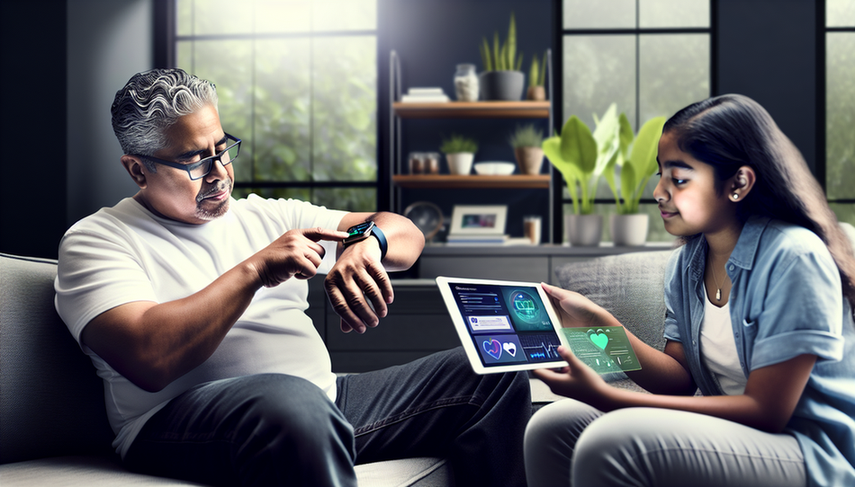Portable Devices and Medical Wearables: Advancing Real-Time Monitoring and Continuous Diagnosis

In the last decade, portable devices and medical wearables have revolutionized how healthcare professionals monitor and diagnose their patients. These devices enable real-time monitoring of various physiological parameters, providing a continuous window into an individual's health status. From detecting cardiac arrhythmias to tracking blood glucose levels, wearables are transforming continuous diagnosis and the management of chronic diseases.
Advances in Medical Wearable Technology
Advancements in wearable biosensors technology have allowed for the integration of microfluidic sampling systems and flexible materials, enhancing the usability and accuracy of these devices. These biosensors can measure biochemical markers in bodily fluids such as sweat, tears, and saliva, providing physiological information in real-time.
In the realm of cardiopulmonary diseases, mobile health technologies have proven useful in the prevention, monitoring, and management of conditions such as atrial fibrillation and heart failure. The integration of artificial intelligence in monitoring devices, such as portable electrocardiogram devices, has improved the ability to detect and predict health events, allowing for more timely and accurate patient management.
Furthermore, wearable biosensors have evolved to provide a deeper understanding of the correlations between analyte concentrations in blood and bioinvasive fluids, which is crucial for the timely diagnosis and treatment of medical conditions.
Conclusions
The future of portable devices and medical wearables is promising, with significant potential to democratize healthcare and improve the interaction between patients and physicians. However, to achieve widespread clinical acceptance, validation studies in large cohorts are necessary, along with overcoming challenges such as miniaturization, energy efficiency, and data security. As these technologies continue to develop, they are likely to become an essential part of healthcare both within and outside traditional health settings.
Referencias
- [1] Wearable biosensors for healthcare monitoring.
- [2] Mobile Health Technologies in Cardiopulmonary Disease.
- [3] Wearable Biosensors: An Alternative and Practical Approach in Healthcare and Disease Monitoring.
- [4] Electrocardiogram Monitoring Wearable Devices and Artificial-Intelligence-Enabled Diagnostic Capabilities: A Review.
Created 23/1/2025
